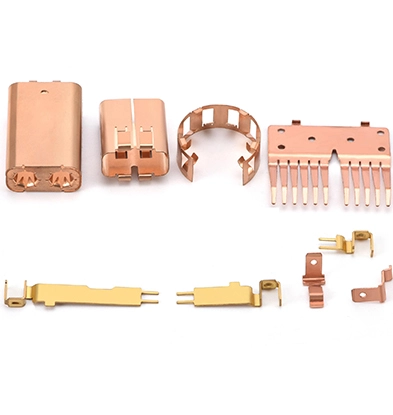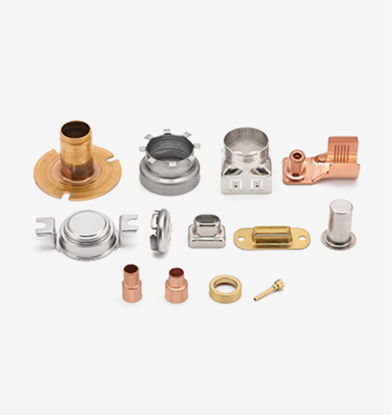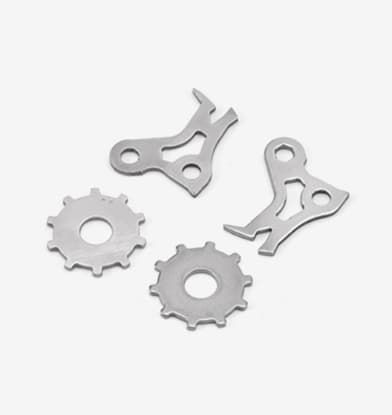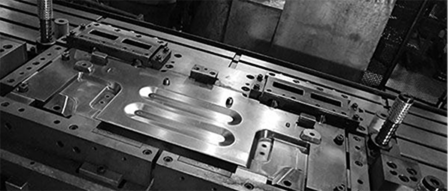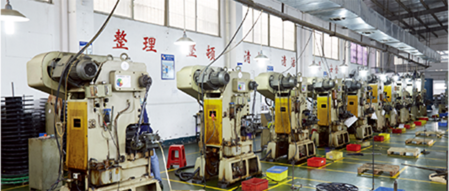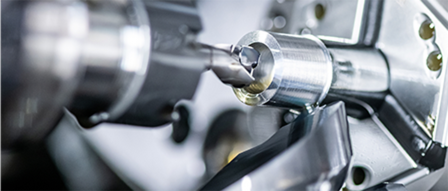Exploring Materials Used in Metal Stamping: A Comprehensive Guide
1. Introduction to Metal Stamping Materials
Metal stamping transforms flat metal sheets into precise components using dies and presses, a process widely used across industries. The choice of material is critical, influencing durability, cost, and functionality. This guide covers the most common materials used in metal stamping, offering insights for beginners and professionals alike. From lightweight aluminum to robust stainless steel, understanding these materials ensures optimal results in your projects.
2. Overview of Common Stamping Materials
Several metals stand out for their versatility in stamping. Aluminum offers a lightweight, corrosion-resistant option ideal for aerospace parts. Stainless steel brings durability and rust resistance, perfect for medical and automotive applications. Brass, a copper-zinc alloy, excels in electrical components due to its conductivity. Copper provides excellent thermal and electrical properties, while carbon steel offers cost-effective strength. Each material’s unique properties cater to specific needs, making material selection a foundational step.
3. Detailed Breakdown of Key Materials
Aluminum: Lightweight and Versatile
Aluminum’s excellent strength-to-weight ratio makes it a favorite in high-speed production. Its natural corrosion resistance eliminates the need for coatings, though anodizing can enhance appearance. Commonly used in electronics and aerospace, aluminum withstands electrical and thermal stresses, ensuring reliable performance.
Stainless Steel: Strength and Corrosion Resistance
Stainless steel, enriched with chromium, molybdenum, and nickel, resists corrosion and maintains strength across temperature extremes. Its hardness suits cutting tools and medical devices, though its stamping difficulty requires careful process design. Variants like 304 and 316 cater to diverse applications.
Brass: Conductivity and Aesthetic Appeal
Brass combines copper and zinc for a smooth, corrosion-resistant surface with high conductivity. Its antimicrobial properties make it ideal for medical and food industry parts, while its golden hue enhances decorative hardware. Its ductility supports complex shapes with ease.
Copper: Thermal and Electrical Efficiency
Copper’s softness allows easy forming, ideal for seamless components in electronics and heating systems. Its corrosion resistance and hygienic nature suit medical applications, though its lack of strength limits structural use.
Carbon Steel: Cost-Effective Durability
With up to 2.1% carbon, carbon steel offers high strength at a low cost. Its lower ductility and corrosion resistance require maintenance or galvanization, but it remains a staple for durable, soldered parts.
Material
Key Property
Common Use Case
Stamping Consideration
|
|
|
|
Aluminum | Lightweight | Aerospace components | High formability |
Stainless Steel | Corrosion resistance | Medical tools | Moderate difficulty |
Brass | Conductivity | Electrical fittings | Easy to form |
Copper | Thermal conductivity | Heating elements | Soft, less structural |
Carbon Steel | High strength | Automotive parts | Requires maintenance |
4. Factors Influencing Material Selection
Corrosion Resistance in Harsh Environments
Materials like stainless steel and aluminum thrive in corrosive settings, preserving part integrity over time. This is crucial for outdoor or chemical-exposed applications.
Ductility and Strength Balance
Materials must withstand stamping forces without cracking. Brass and copper offer high ductility, while stainless steel and carbon steel provide strength, requiring tailored die designs.
Application-Specific Requirements
Industry needs dictate material choice—conductivity for electronics, weight reduction for aerospace, or hygiene for medical use. Matching properties to purpose optimizes outcomes.
5. Practical Tips for Material Use
Testing Material Compatibility
Before full production, test materials with your stamping setup to assess formability and die wear, ensuring efficiency and quality.
Maintenance and Finishing
Regular cleaning and coatings (e.g., anodizing aluminum) extend material life, maintaining performance and appearance.
6. Insight: Oriensonmetal’s Perspective on Material Mastery
At Oriensonmetal, we view metal stamping materials as the backbone of innovation in manufacturing. With decades of expertise, we’ve mastered the art of selecting and processing materials like stainless steel, brass, and titanium to meet diverse industry demands. Our in-depth understanding of material properties—such as stainless steel’s corrosion resistance or brass’s conductivity—allows us to design custom stamping solutions that balance strength, formability, and cost. We collaborate closely with clients, leveraging advanced testing to optimize die designs for challenging metals, ensuring precision even with hard-to-stamp materials. Our commitment to sustainability drives us to explore recyclable alloys, reducing waste while upholding quality. Oriensonmetal stands out by blending traditional craftsmanship with cutting-edge technology, delivering stamped components that power industries from aerospace to healthcare with unmatched reliability and performance.
7. Conclusion: Choosing the Right Material for Success
Selecting the right material for metal stamping is key to achieving durable, efficient components. By understanding aluminum’s lightness, stainless steel’s strength, brass’s conductivity, copper’s efficiency, and carbon steel’s affordability, you can tailor your approach to any project. Explore these options to enhance your manufacturing process and meet industry standards effectively.

 English
English 